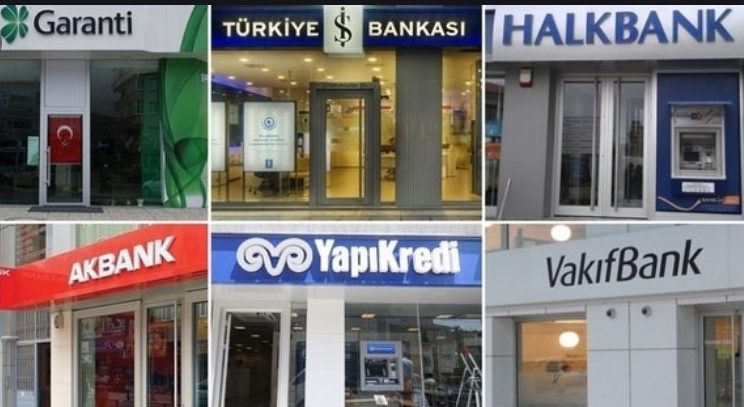Strong monthly ROE of 17% on higher other income
Turkish banking sector’s June net income is up by 125% m/m to TL9.1bn (+155%y/y), corresponding to 17.4% monthly ROE (12M trailing: 10.6%). Strong monthly results mainly stemmed from higher other income of TL7.5bn (+133% m/m, +145% y/y) on the back of collections. Monthly net interest income increased by 7% to TL18bn (flat y/y) thanks to lower interest expense on deposits, pushing up NIM to 3.56% from 3.38% (TL spread +38bps, FX spread -63bps, TL and FX security yields +106bps and -24bps). Lower trading loss of TL4.1bn (May: TL4.5bn loss) and lower OPEX of TL8.5bn (-2% m/m, -2% y/y) supported monthly net income. On the other hand, provision expenses increased by 6% m/m to TL7.7bn (+3% y/y), carrying total cost of risk to 2.05% from 1.88%. Fee income increased by 39% y/y to TL5.4bn (+21% m/m), while OPEX decreased by 2% y/y to TL8.5bn (-2% m/m).
2Q ROE remains depressed at 11.4%
Sector’s net income reached TL17.8bn (+11% q/q, 11.4% ROE) in 2Q21 on lower provision expenses of TL18.7bn (-40% q/q) vs. TL16.0bn in 1Q21 (10.5% ROE). Lower CoR is a common trend among private and state banks, which actually differ quite sharply in terms of provisioning buffers and coverage ratios, as well as ROEs. As we have observed in 2Q results, GARAN and YKBNK, our banking top picks, stand at a relatively strong position in the sector thanks to their ample provisioning buffers and report superior ROEs. The depressed sector ROE is due to state banks low NIM –legacy of last year’s robust lending activity at super low interest rates. These contrasting trends and remaining uncertainty over mid-term developments over asset quality, plus further potential macro volatility prevent a bullish view on the sector at this point.
CAR levels maintained at comfortable levels
Sector’s CAR and Tier-I ratios both inched down by 11bps m/m to 17.8% and 13.5%. These levels point to comfortable buffers for the sector, despite the sharp credit growth in 2020, helped by BRSA’s forbearance measures.
Source: Y.F. Securities Research
